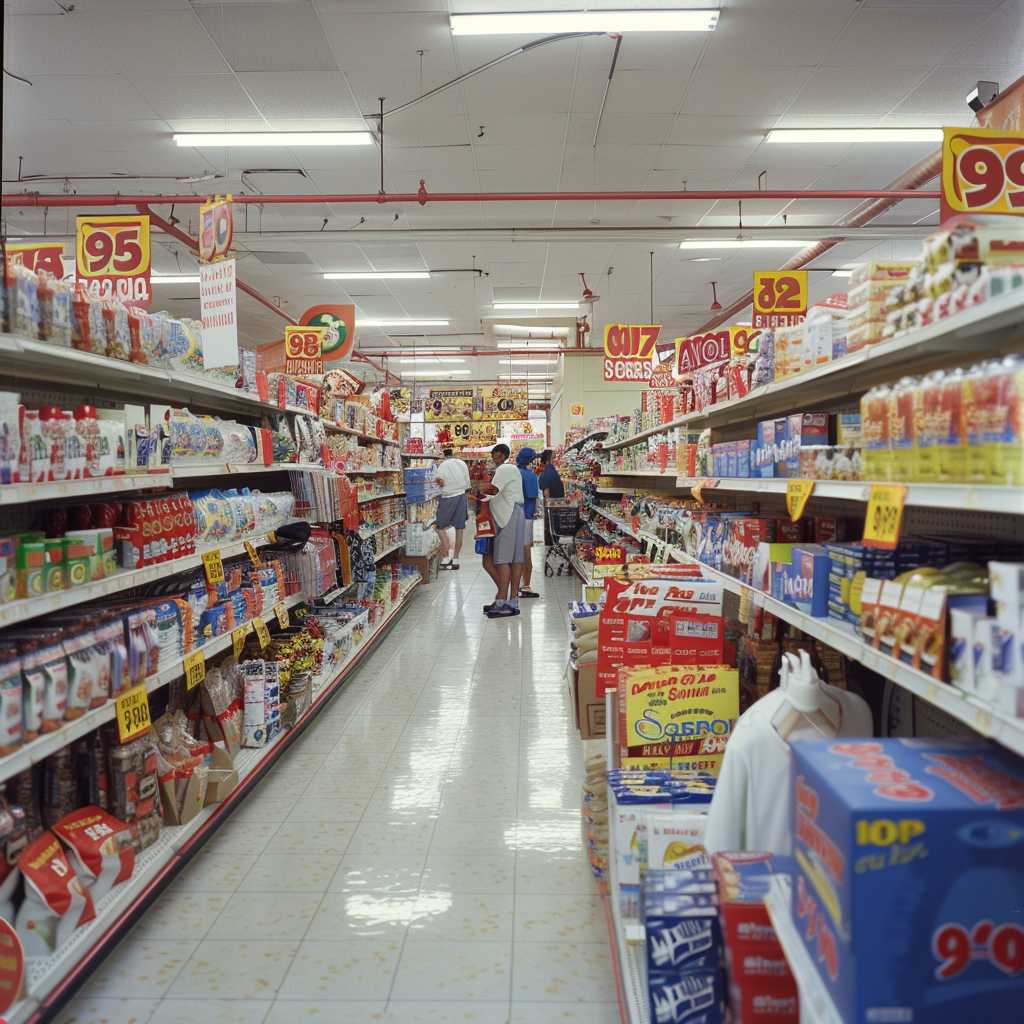The Enduring Appeal of the 99 Cent Store: A Deep Dive into Discount Retailing
Discount retail outlets, like the ubiquitous 99 Cent Store, have established themselves as cornerstones of thrifty shopping habits across the nation. Seen as both a haven for bargain hunters and a testament to consumer culture’s reach for affordability, stores like these carry a fascinating business model that has stood the test of economic fluctuations. This article offers a comprehensive look at the allure, operations, and impact of 99 Cent stores.
History and Evolution of 99 Cent Stores
The idea behind the 99 Cent Store concept is simple: offering products to customers for 99 cents or less. This approach sprung from the early “five-and-dime” stores that expected price-points to stay within five or ten cents, catering to a low-price, high-volume business model. As inflation eroded the viability of those price limits, the model evolved. The first 99 Cent Only Store opened in Los Angeles in 1982 by Dave Gold, capitalizing on the psychological effect of pricing just below the round dollar amount. The success led to a rapid expansion, with numerous 99 Cent stores popping up across various regions.
Consumer Psychology and Pricing Strategies
One reason for the popularity of the 99 Cent store is rooted deeply in consumer psychology. Prices set at .99 cents give an impression of value and savings due to a cognitive bias known as “price ending” or “charm pricing.” Shoppers are likely to perceive items as being significantly cheaper compared to those priced a penny higher, even though the difference is minimal.
Additionally, their pricing strategies create a budget-friendly image that attracts a vast range of customers—from avid discount seekers to individuals needing to make the most of their financial situation.
Product Sourcing and Inventory
To maintain their low prices, 99 Cent Stores often source inventory from overstock merchandise, manufacturer closeouts, and directly from contracting companies that produce goods specifically for dollar-type stores. This sourcing allows them flexibility regarding what items they stock and helps keep costs low for consumers.
Their inventory is notoriously eclectic, ranging from food items to household goods, party supplies to health care products. Their unpredictability also makes each visit distinct and can lead to spontaneous shopping by customers enticed by the novelty and low-risk investment in various products.
Economic Impact and Market Presence
While 99 Cent Stores are fringe players compared to giants like Walmart or Target, their presence has considerable significance in the areas they serve. Providing options for low-income households contributes appreciably to consumer savings. Additionally, these stores often flourish during economic downturns when cost-cutting becomes more acute for many households.
These stores have also significantly influenced pricing strategies across retail by forcing competitors to offer matching price points to stay competitive. Hence, one can see similar pricing in prestigious establishments responding to customer conditioning introduced by dollar stores.
Understanding Challenges and Criticisms
Despite their popularity and appeal, 99 Cent Stores face various challenges common among discount retailers. A significant obstacle is maintaining profit margins while honoring the fixed-price promise. Furthermore, concerns have been raised over product quality, supply chain ethics, and environmental issues associated with producing items meant for low-cost retail.
Critics also voice concerns over consumption patterns encouraged by these outlets, questioning the long-term sustainability of selling items that may compromise quality for cost-efficiency. However, as discussions about responsible consumerism evolve, so does the strategy of these stores in sourcing and offering more eco-friendly and higher-quality budget options.

